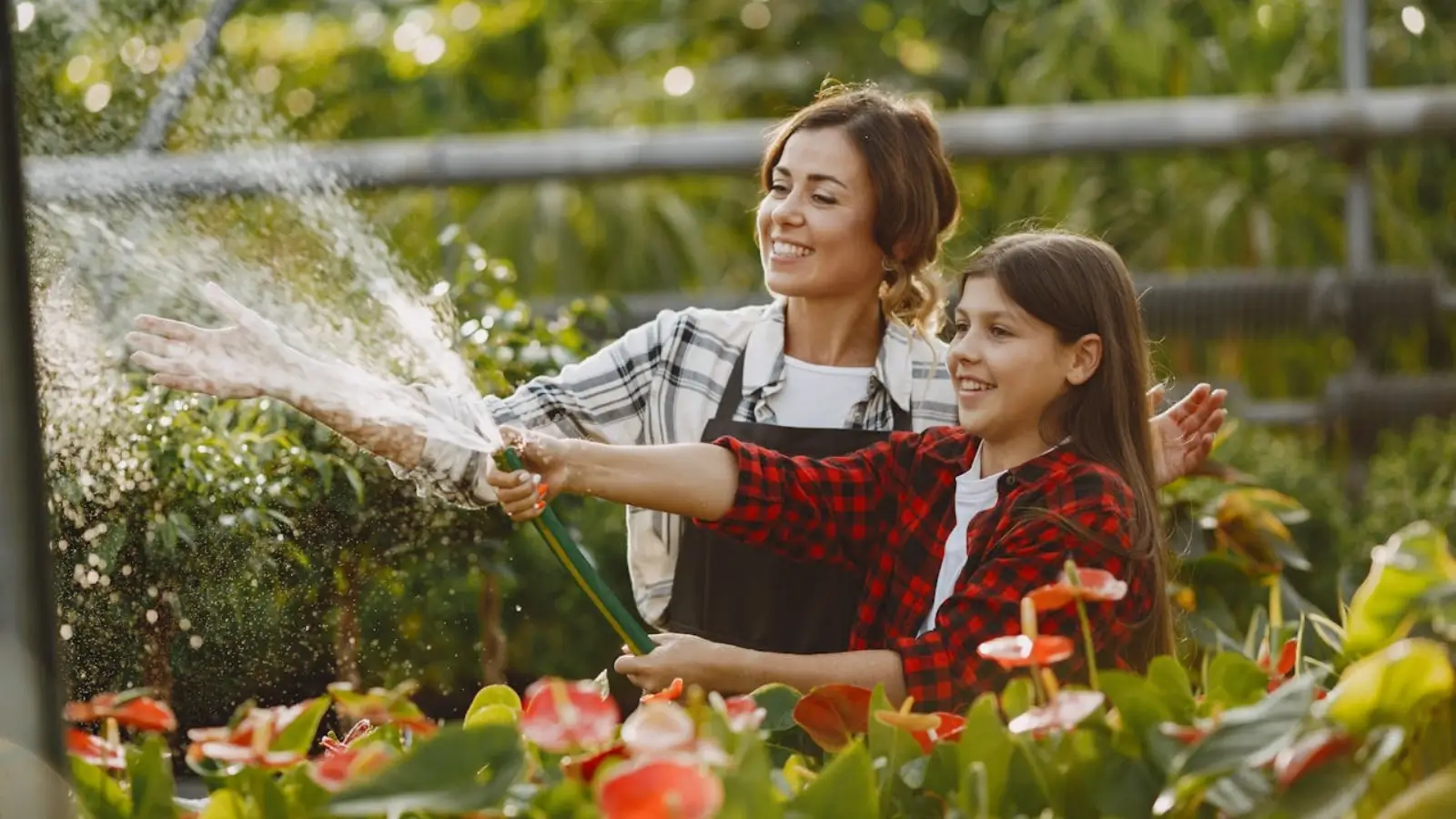


Watching a child's face light up when they spot their first seedling poking through the soil is one of life's simple joys. Whether you're a parent or foster carer, introducing children to gardening and plant care offers remarkable benefits that extend far beyond growing vegetables or flowers.
Caring for plants gives children a wonderful sense of responsibility and achievement. When a young person successfully grows a sunflower from seed or keeps a houseplant thriving, they develop genuine pride in their accomplishment. This is particularly valuable for foster children, who may have experienced uncertainty or lack of control in their lives. Tending to something vulnerable and watching it flourish under their care can be profoundly empowering.
The beauty of gardening lies in its forgiving nature. Plants are patient teachers - if a child forgets to water them occasionally or plants seeds a bit wonky, there's usually time to put things right. This gentle learning environment helps build resilience without the pressure that sometimes comes with other activities.
Gardening naturally teaches children about routine, patience, and the connection between effort and reward. They learn that plants need consistent care - much like relationships and responsibilities in life. These lessons transfer beautifully to other areas, from keeping their bedroom tidy to managing homework.
Children also develop practical skills through gardening. Measuring soil, counting seeds, and observing growth patterns introduce maths and science concepts in an engaging, hands-on way. Reading seed packets and garden books encourages literacy, whilst learning plant names builds vocabulary.
There's something deeply calming about working with soil and plants. Many carers who are long term fostering report that gardening activities help anxious or unsettled children find peace and focus. The repetitive actions of weeding, watering, and harvesting can be wonderfully soothing, providing a healthy outlet for emotions.
Gardening also teaches children about life cycles, helping them understand concepts of growth, change, and even loss in a natural, gentle way. When plants don't survive despite their care, children learn that sometimes things don't work out as planned - and that's part of life too.
Working together in a garden or tending houseplants creates lovely opportunities for conversation and bonding. These shared activities often lead to children opening up naturally, away from the pressure of formal 'talking time'. The garden becomes a safe space where relationships can grow alongside the plants.
Many families find that gardening traditions become treasured memories. Harvesting tomatoes together, pressing flowers, or saving seeds for next year creates positive experiences that children carry with them into adulthood.
You don't need acres of space or expensive equipment to begin. A windowsill herb garden, some cress grown on cotton wool, or a few pots on a balcony are perfect starting points. Choose fast-growing, hardy plants for early success - radishes, sunflowers, and cherry tomatoes work brilliantly with children.
Remember, the goal isn't perfect gardens but rather the journey of learning, growing, and discovering together. Every small green success plants seeds of confidence that will flourish throughout a child's life.